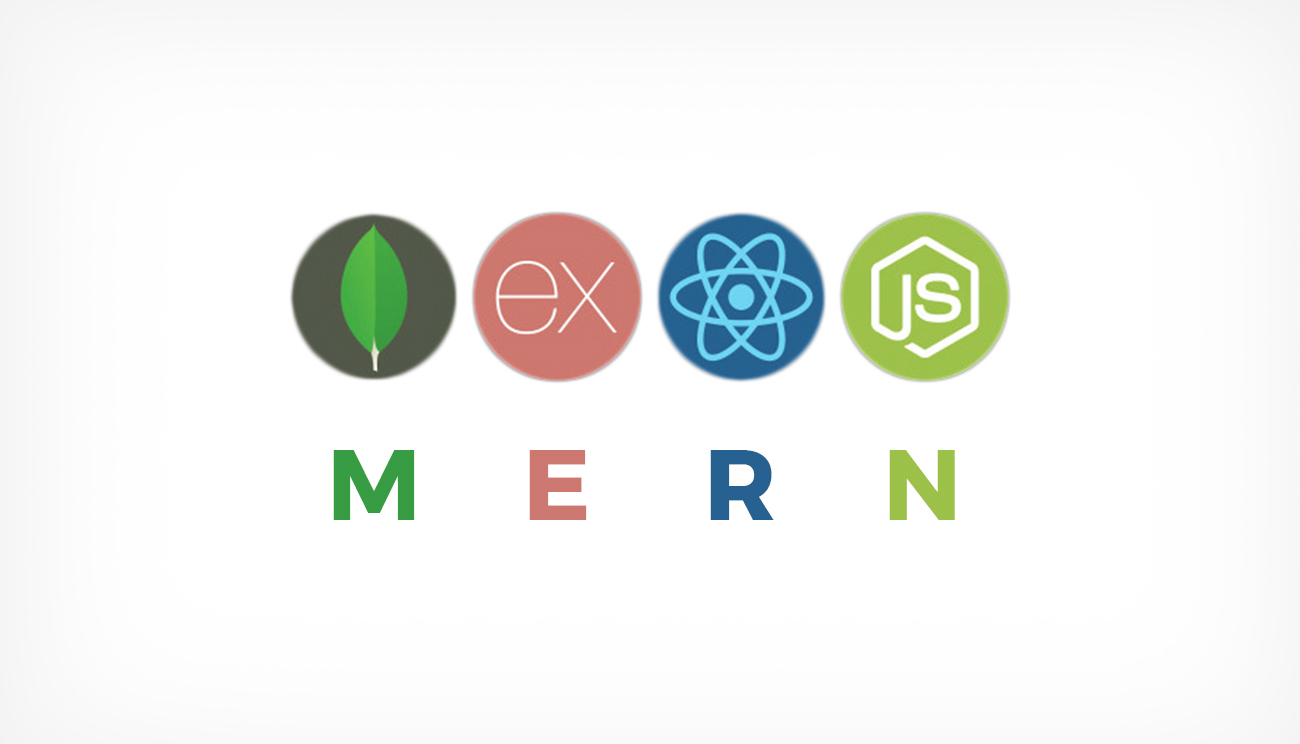The MERN stack—MongoDB, Express.js, React, and Node.js—has been a go-to technology stack for full-stack JavaScript development for years. As we navigate through 2024, developers are questioning whether MERN remains relevant amid newer technologies.
The Evolution of MERN Components
Each component of the MERN stack has evolved significantly. React has introduced server components and concurrent rendering, MongoDB has enhanced its time series capabilities and search functionality, while Node.js has improved performance and security.
These evolutions have kept the stack modern and capable of handling contemporary development challenges, from real-time applications to complex data processing.

The MERN stack architecture continues to evolve with modern requirements
Competing Stacks and Technologies
New contenders like the T3 stack (TypeScript, tRPC, Tailwind), Next.js with Prisma, and serverless architectures have emerged as alternatives. These options offer different advantages in terms of type safety, performance, and deployment simplicity.
However, MERN's maturity brings benefits in terms of community support, documentation, and proven reliability in production environments—factors that remain crucial for many development teams.
When MERN Still Makes Sense
MERN remains an excellent choice for projects requiring flexible data models, JavaScript throughout the stack, and teams already familiar with its components. It's particularly strong for MVPs and projects that might need to pivot quickly, thanks to MongoDB's schema flexibility.
Many companies continue to invest in MERN, often enhancing it with TypeScript, GraphQL, and modern CI/CD practices to address contemporary development needs while leveraging existing expertise.
Conclusion
While newer options exist, MERN remains relevant by adapting and incorporating modern practices. The choice between MERN and alternatives should depend on specific project requirements, team expertise, and long-term maintenance considerations rather than simply following trends.